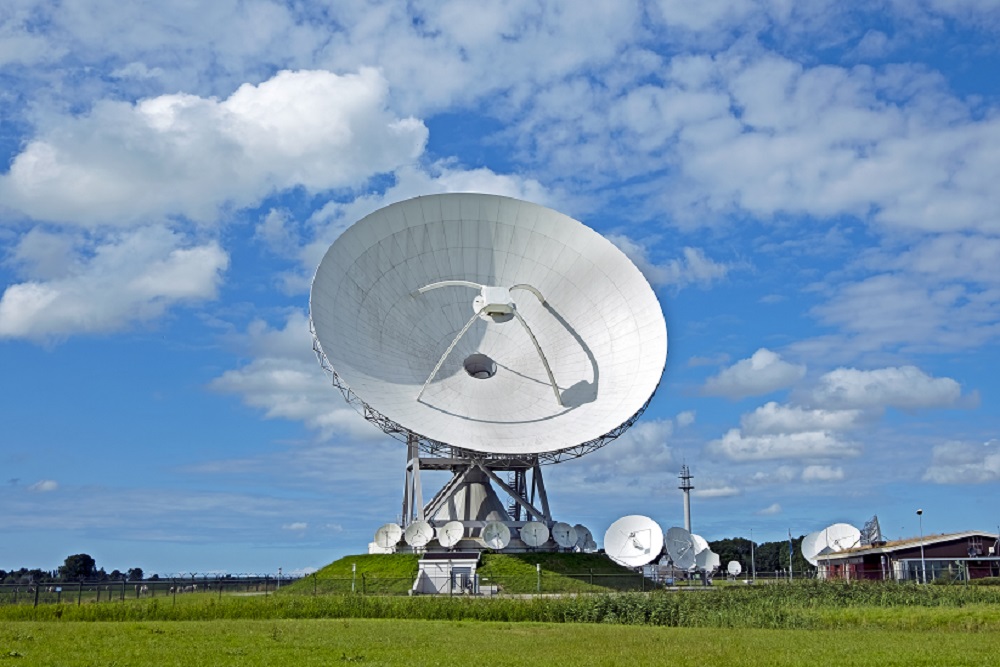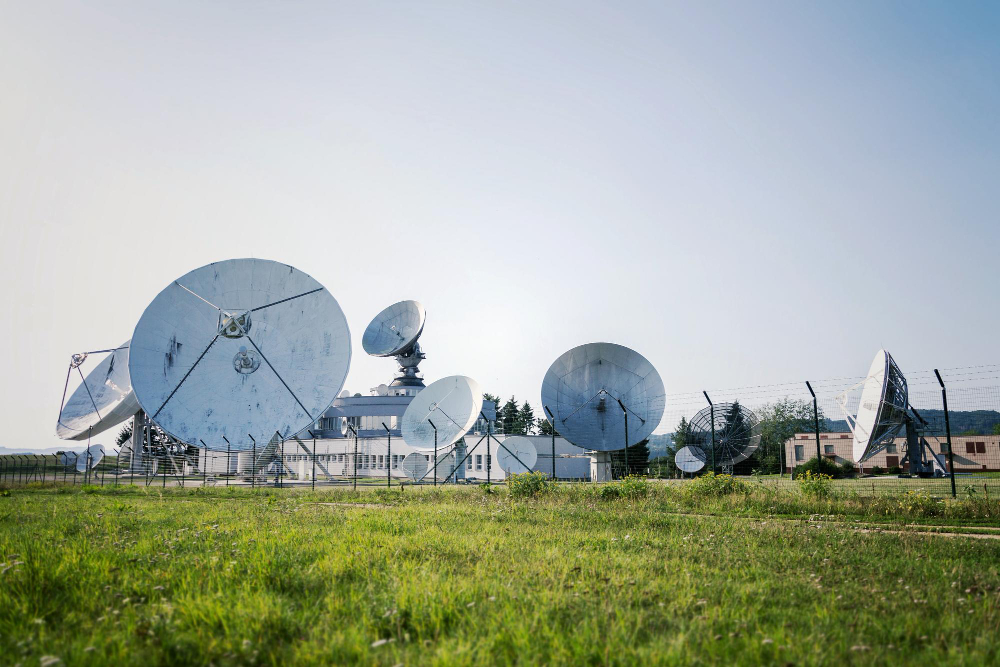How Satellite Technology Shapes Military and Defense Forces Worldwide
The world has witnessed an increase in military activity in the recent past. From the Russo-Ukrainian War to political upheavals in the Middle East and Africa, there has been a rise in the number of conflicts and military engagements. The satellite and the military defense industries have a longstanding relationship. Indeed, satellite technology has changed how military and defense forces work globally, becoming one of the most indispensable tools for communication, navigation, surveillance, and intelligence gathering. In this article, we will delve into the history of satellite technology in the military, explore examples from various countries, and highlight the specific satellite technological tools currently facilitating military activities.
The History of Satellite Technology in Military and Defense
Between 1953 and 1962, the United States and the Soviet Union were embroiled in various geopolitical tensions that culminated in the Cold War. During this era, both countries engaged in a space race, and in 1957, the Soviet Union launched the first artificial satellite, Sputnik 1. This move marked the beginning of the space age and was followed by the establishment of the United States Defense Advanced Research Projects Agency (DARPA) in 1958. DARPA steered early research on how satellite technology could be used in defense activities and applications.
In 1960, the U.S. launched the first reconnaissance satellite, which captured high-resolution imagery of the Soviet Union that was used for intelligence gathering. This paved the way for the launch of more advanced satellites like the Gambit and KH-9 Hexagon.
The 1970s saw the launch of several other satellite technological tools that are still used today. Amongst these included the communication satellite systems such as the Defense Satellite Communications System (DSCS) that facilitated clear and secure long-distance communication during military operations.
The famous Global Positioning System (GPS) was also developed for military operations only during this period. Using satellite technology enabled defense forces to navigate war zones and unreachable locations. However, its effectiveness expanded its use to other industries, eventually leading to public access worldwide.
The Role of Satellite Technology in Military and Defense Operations

Defense forces’ use of satellite technology has become more diverse, with more players and sophisticated satellite tools. In today’s rapidly changing world, satellite technology is a sentinel in the skies, a silent guardian of national security. It has woven itself into the very fabric of military and defense operations, enabling military forces to transcend geographical boundaries and ensure the safety of its people. There are various ways that countries employ satellite technology to safeguard their troops and citizens.
1. Navigation Systems for Tactical Dominance:
Defense forces rely heavily on satellite navigation, and GPS technology is paramount. Europe’s Galileo and Japan’s Quasi-Zenith Satellite System (QZSS) complement the GPS and further enhance navigation accuracy.
By monitoring the constellations of satellites, troops can navigate different terrains and locations with unprecedented accuracy. Besides guiding troops during war operations, navigation systems have facilitated the rescue of targets, helping them return home safely.
2. Strong and Reliable Communication:
Satellite communication networks like the Wideband Global SATCOM (WGS) are used by armed forces, including the US Army, to ensure that soldiers can communicate swiftly and securely at all times, even in the most remote and hostile terrains. Such reliable satellite communication systems also help veterans to stay in touch with their loved ones.
3. Intelligence Gathering:
Since the invention of reconnaissance satellites in the 1960s, countries have been using satellites to survey and capture important information on the Earth. From the EU’s Copernicus Program to Saudi Arabia’s Falcon Eye, many countries across the world are using satellite imaging for maritime and military monitoring.
Both optical and radar satellites orbit the globe silently, capturing every detail from above and gathering intelligence that guides military and defense forces. Through reconnaissance satellites such as Germany’s SAR-Lupe, intelligence agencies gain vital information, monitor troop movements of potential adversaries, and enable precise mission planning.
4. Early Warning Systems for Swift Response:
The nature of today’s world places every country in impending danger, and threats can emerge instantly. However, space-based early warning systems, like the United States’ Space-Based Infrared System (SBIRS), monitor threats closely and can issue important warnings to save entire populations.
SBIRS and other satellite infrared technologies alert military and defense forces of missile launches and hostile military activities, allowing them to respond with the speed and precision needed to protect their borders.
5. Enhanced Cybersecurity to Protect Information:
With a hacker attack happening every 39 seconds, countries face imminent cyber threats every minute of the day. This is why satellite networks have become secure fortresses, protecting classified national information from falling into the wrong hands through cyberattacks. Most countries today have invested heavily in cybersecurity to safeguard their information and communication from potential breaches and ensure their adversaries cannot intercept sensitive data.
In the face of these rapidly developing technologies, satellite technology in military and defense operations continues to evolve. For many countries, these technologies remain a vital pillar of national security, ensuring they are always ready, vigilant, and prepared to protect their land and citizens. The skies may be vast, but satellite technology transcends distance to facilitate military security.















